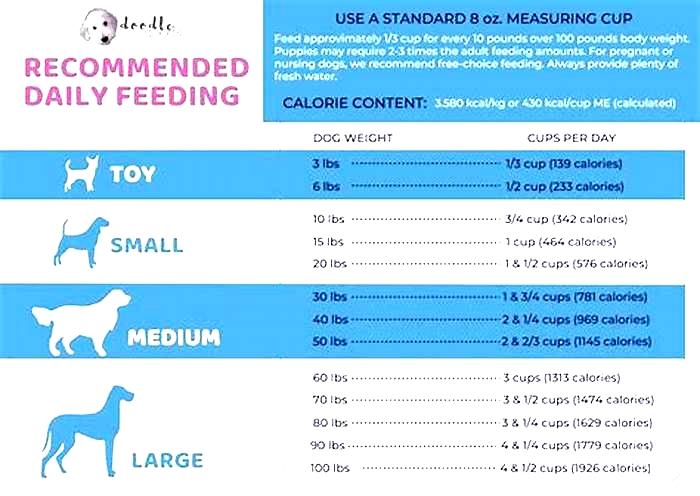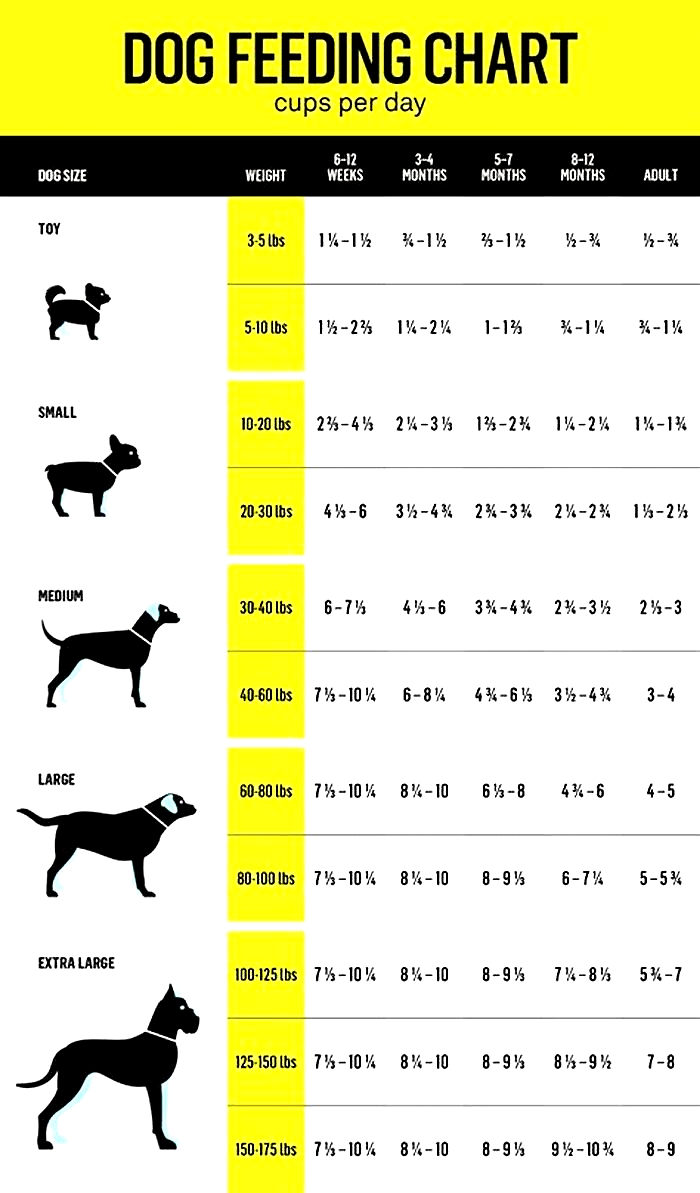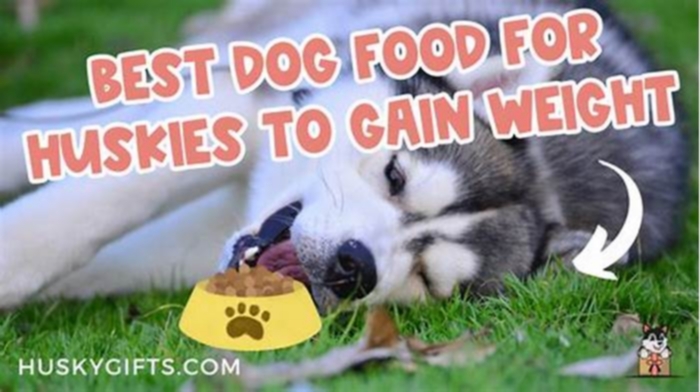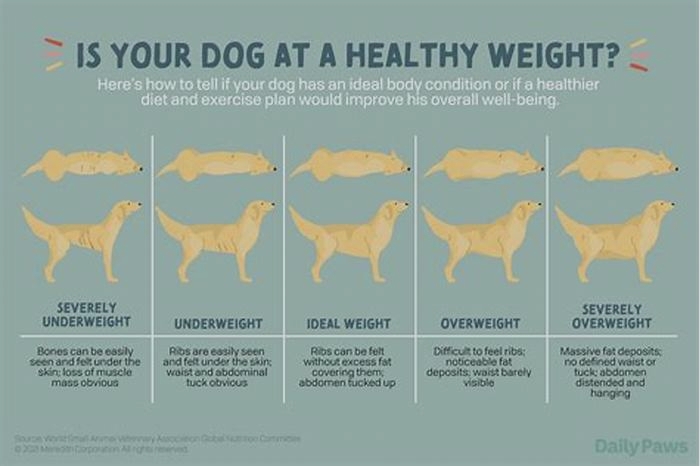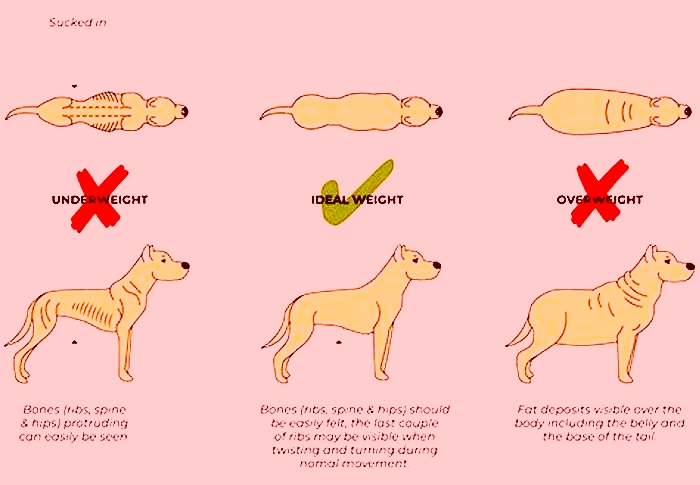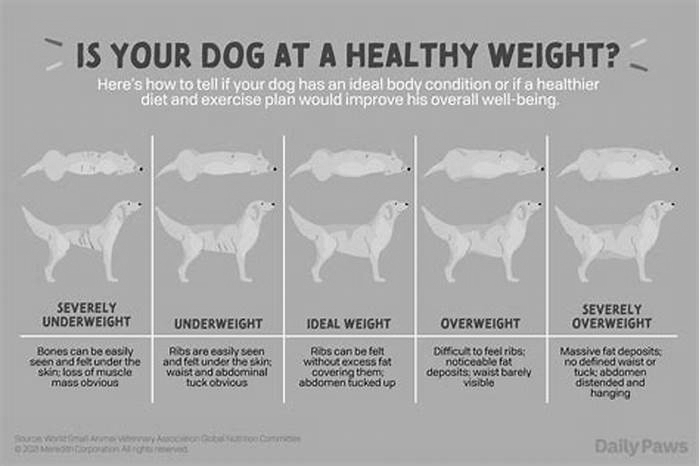How much should I feed my dog to lose weight
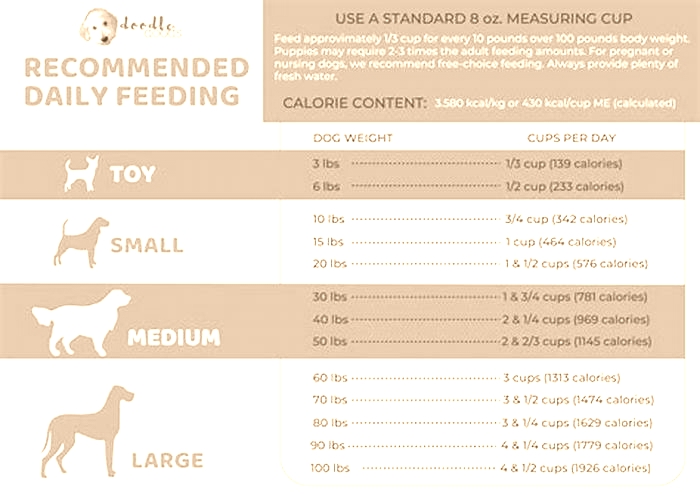
How to Help Your Dog Lose Weight
This Is a Paid Advertisement for The Farmers Dog
In the U.S., 56% of dogs are overweight or obese, and that excess weight is tied to an astonishing array of health problems. When it comes to preventing dog obesity, or even the slow creep of excess pounds, simple awarenessknowing what your dogs weight should be, and keeping on top of any fluctuationsis the first step. Just a few pounds can make a big difference.
You can seek your vets counsel on your dogs ideal weight, but a quick way to assess good canine condition at home is to ask:
- Does your dog have an hourglass shape when you stand behind them and look at them from above?
- Do they have a waist?
- Can you easily feel their ribs?
If youre answering no for all three, theres a good chance your dog needs to lose weight. Now what? Here are some vet-approved tips for helping your dog safely shed excess pounds and keeping them in good condition.
The Food Factor
For dogs, as for humans, losing weight really comes down to two things: food and exercise. And for a dog owner trying to manage or reduce their dogs weight, food is most important by far.
Weight loss begins and ends at the food bowl for dogs and cats, Ernie Ward, DVM, and founder of the Association for Pet Obesity Prevention (APOP), tells us. Weight loss for humans and dogs is 60-70% diet and 30-40% exercise.
For dog owners who have active lifestyles, its easy to overestimate the impact of physical activity on weight maintenance. So even for active dogs, its important to establish clear guidelines for daily caloric intake.
Get Specific With How Much Youre Feeding
Heres where things can go sideways. Humans may or may not choose to count calories as a guide for what theyre eating, with some opting for other methods of keeping to a healthy regime (Do my pants fit? Great!). But when it comes to the long-term management of your dogs weight, its essential to establish a concrete benchmark for how much to feed. This means determining the number of calories your dog needs every day.


Its not a good idea to rely on the feeding guidelines on the average pet food package. There are many factors that will influence your dogs dietary needs, including breed, size, activity level, and whether theyre spayed or neutered. Standard kibble-bag feeding ranges are generally too broad for your dog, and many owners end up over-feeding based on too-generous and too-vague suggested portion sizes, typically measured in cups and scoops.
The feeding guidelines on pet food packages, says Ward, are based on active adult dogs for all life stages. Spaying or neutering, for example, reduces energy requirement by 20 to 30%, he says. So, if your pet is spayed or neutered, and not particularly active, you can already be overfeeding by 20 or 30% or more.
When it comes to determining the ideal caloric intake, its important to consider a number of factors. We take a couple of things into considerationwe look at body condition score, we look at muscle condition score, we look at lifestyle, and any concurrent medical conditions, Dr. Ward says. We start by determining, OK, how many calories should you be feeding?
As a starting place, there are also many tools online to provide rough feeding guidelines based on weight and breed. You might start by consulting the guide published by the Association for Pet Obesity Prevention.
For at-home calculating, you can use the Resting Energy Requirement (RER) formula. Take your dogs weight in kilograms, multiply by 30, and add 70 (or, take their weight in pounds, divide by 2.2, multiply this figure by 30, and add 70). You can then factor in a metabolic energy requirement (MER), depending on things like health and whether theyre spayed or neutered.
Typical MER factors include:
- Weight loss1.0 x RER
- Neutered/ Spayed Adult1.6 x RER
- Intact Adult1.8. x RER
Ask your veterinarian about the MER and calculating and determining how your dog can lose weight safely. Tools like the MER multiplier table on the web provide estimates, but every dogs metabolism is different, so be sure to keep monitoring your pets weight.
You can also sign up for a fresh-food plan (like the ones offered to customers of The Farmers Dog). A plan like this makes it easy to determine the correct total caloric intake and food portions based on your dogs very specific requirements, and also makes it easy to adjust daily calories based on changing weight-management needs.
Food Quality Is Also Key
In addition to calorie counting, another important part of weight maintenance or weight loss is feeding lower-carb, whole, fresh food.
Many ultra-processed dog foods are full of carb-based fillersas Dr. Ward has noted, when you actually break down the ingredients on the label, many of them top out at over 60% or more carbohydrates. Fresh diets provide quality protein, but also the fiber and moisture that can keep your dog satisfied, without carb-y fillers.
Feeding nutrient-dense, bioavailable food will keep your dog healthy as they reduce their overall intake of food.
Treats Count, So Count Them
Another way to help your dog drop some extra weight is by controlling, and possibly reducing, their treat intake. Here, again, quality and quantity matter.
Nobody wants to deny their dog treats, as they are often helpful training aids, and its fun to see the excitement they generate. But its important to keep a close eye on how many treats your dog actually eats in a day and what their caloric impact is. Treats should be factored into, and comprise no more than, 10% of total daily calories.
Dog owners who feed their dogs healthy food, yet still feed them highly processed, high-carb, high-calorie treats, are potentially missing a big source of weight gain and health issues. And if you feed your dog too many treats (more than 10% of their daily intake of food), you can undo the benefits of the balanced diet youre feeding.
Many vets recommend using single-ingredient treats like fresh veggies and fruit. Baby carrots, celery, broccoli, green beans, cucumbers, blueberries, apples, and bananas all make healthy treats and, unlike mystery-meat treats, can contribute to your dogs health (use apple and banana in smaller amounts due to higher sugar content).
As for peanut butter, make sure its truly a special (rare) treat, and doled out in limited amounts; this dogand humanfavorite has a hefty 100 calories per tablespoon. Also, ensure that the peanut butter youre using doesnt contain Xylitol, which is toxic to dogs. For a lighter, and perhaps better, substitute, try plain canned pumpkin, which weighs in at just five calories per tablespoon.
Its also worth stepping back and considering why youre giving your dog treats. Our bond with our dogs is so special, and every dog owner wants to see the happy excitement a treat brings. But you can get that joyful response with healthy treats, or with smaller portions. I typically tell owners that dogs get the same enjoyment, and you can get the same reaction, from a small piece of a treat as you can from the whole thing or a handful, says Alex Schechter, DVM. There are many ways to show love and bond with your pet. It doesnt have to be all about food.
Safely Increase Exercise
Food is key, but no weight loss plan, or health maintenance plan, is complete without exercise. The most obvious, and important, activity for your dog is walking. Regular walks dont just exercise your dogs body; they provide crucial mental stimulation and that all-important opportunity to sniff. The amount of walking your dog needs, or wants, depends on their breed and general health. But while conventional wisdom says that some dogs need less exercise than others, all dogs need to move.
While the recommended minimum of daily exercise is 20 minutes, twice a day, many dogs will need much more. For many breeds, an hour of exercise a day is a good target. If your dog needs to lose weight, try to increase the amount of exercise they currently do. So, if thats none, or barely any, start with short intervals of walking. If youre already exercising, try lengthening your walk or other activity by 10-20%.
Ask your vet about the best types of activities based on your pets breed, age, gender, and current physical condition. Introduce new activities slowly to avoid injury. And, unless your dog has been trained for or slowly introduced to these kinds of activities, leave the extreme sports to your own weekend hourstoo-vigorous, or repetitive activity can put your dog at risk of joint problems. Also, keep weather conditionslike high sunin mind if your activities are outdoors. The sun creates the potential for heat stroke and burnt paw pads.
Rule Out a Medical Condition
If youve established and are staying within caloric boundaries and youre still not having any luck helping your dog lose weight, a visit to the vet could be in order to rule out a medical condition. Weight gain and lethargy can be symptoms of conditions like hypothyroidism and Cushings syndrome. The latter, also known as hyperadrenocorticism, usually occurs in older dogs, and can also cause frequent urination, hair loss, and weakness.
Weight Loss (and Maintenance) Is a Long Game
If you determine that youre overfeeding, work with your veterinarian to create a weight-loss schedule based on the appropriate calories so that your dog doesnt lose weight too fast, which is unhealthy.
Overall, the best weight management strategy is to develop good habits that are applied, consistently, long-term.
People (humans) want to rush weight loss, says Dr. Ward. Thirty days to bikini season! But this is a long process. Its years of making small decisions that help. When youre deciding on sharing your pizza crust with your Pomeranian, if you do it once, OK. But if you do it once a week for five years, thats a problem.
This article was vetted by a vet. Reviewed by Alex Schechter, DVM, founding veterinarian atBurrwood Veterinary.He was previously founding veterinarian atPure Paws Veterinary Care.
How Much Food To Feed My Dog & Feeding Chart By Weight
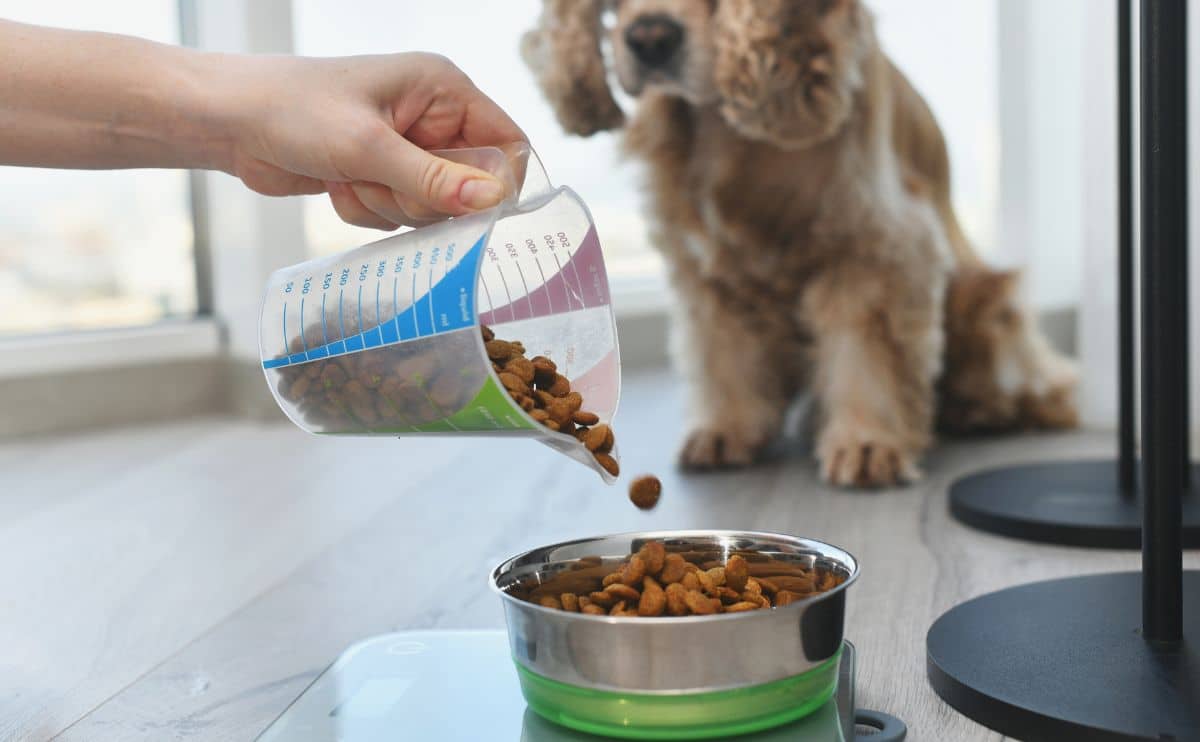
Giving your furry friend a nutritious, well-balanced diet and not overfeeding or underfeeding are among the most important things you can do for his lifelong health. Well help you determine how much food to give your dog and how many times he should eat each day, as well as any special feeding considerations you need to consider depending on your pups health needs.
Why Is Feeding My Dog The Right Amount So Important?
One of the most frequent questions we see from pup owners is, how much should my dog eat? Knowing how much to feed your dog is crucial for his health. Being overweight or underweight can lead to serious health problems. And this can occur in smaller dogs who are just a few pounds under or over their ideal weight.
Underfed dogs can develop such conditions as chronic lethargy, dehydration, a weakened immune system, severe nutritional deficiencies that affect organ function, and cognitive problems. More common, however, is what experts say has become an epidemic of obesity in pets.
The Association for Pet Obesity Prevention (APOP) reports that over 55% of dogs in the U.S. are overweight or obese.Being overweight can shorten your dogs life and increases the risk of diabetes, heart disease, cancer, liver or kidney problems, and arthritis.
How Much Should I Feed My Dog?
Unfortunately, theres no straightforward answer to this question. Several important factors affect how much food you should be giving your pup:
- Your dogs life stage (puppy, adult, or senior)
- Type and brand of food
- Your dogs weight
- Activity level
- Your dogs body condition
- Number of meals per day
As you can imagine, it takes a bit of legwork to determine the ideal amount of food your furry friend should consume. Your best resource for nutritional guidance is your dogs regular veterinarian. But you can also follow the steps below to determine how much you should feed your pup.
Dog Feeding Chart By Weight
The best place to start is to follow your dog foods label, which can quickly answer the question, how many cups of food should I feed my dog? These feeding charts vary by type of food, brand, and caloric content of each formula. And be aware that all have their limitations.* Most also give you the daily amount to feed your pup, so youll need to divide that total by the number of meals you give your dog each day. Heres an example of a typical adult dry dog food feeding chart.
| Adult Dog Size | Dry Food Per Day |
|---|---|
| 3-5 lbs | 1/2 to 3/4 cups |
| 5-10 lbs | 3/4 to 1-1/4 cups |
| 10-20 lbs | 1-1/4 to 1-3/4 cups |
| 20-30 lbs | 1-1/3 to 2-1/3 cups |
| 30-40 lbs | 2-1/3 to 3 cups |
| 40-60 lbs | 3 to 4 cups |
| 60-80 lbs | 4 to 5 cups |
| 80-100 lbs | 5 to 5-3/4 cups |
| 100-125 lbs | 5-3/4 to 7 cups |
| 125-150 lbs | 7 to 8 cups |
| 150-175 lbs | 8 to 9 cups |
*Feeding charts are generalized and geared toward dogs who are at a healthy weight with an average activity level. They also dont take into account any special health concerns your canine companion may have. But there are ways you can further nail down how much to feed your dog after starting with your pups food feeding chart.
Factor In Your Dogs Activity Level
Take the information from your furry friends dog food feeding chart and then consider his overall activity level and daily exercise. This can help you determine whether you should feed him on the lower or upper range of the labels recommended daily amount.
For example, if you have a couch-potato Basset Hound, you likely want to give him a bit less food than the feeding chart recommends. Alternatively, if you have an Australian Shepherd whos a constant ball of energy, youll probably want to feed a little more than the suggested range.
Determine Your Dogs Body Condition Score
Evaluating your dogs current body condition can help tell you if hes too thin, at a healthy weight, or overweight.Then, you can tweak his daily caloric intake (if needed) to help him gain or lose weight. Once your dog has reached his ideal weight, youll need to adjust his portions. If your dog isnt currently at a healthy weight, its best to consult your vet for the most appropriate feeding plan for your canine companion and to check him out for any possible underlying health conditions.
To determine your pups body condition score (BCS), examine his ribs, abdomen, and waistline by sight and touch. If your dogs score is a 4-5, then weigh him to know his ideal weight. If he falls between a 1-3, he likely needs to gain weight, and a 6-9 means he needs to shed some pounds.
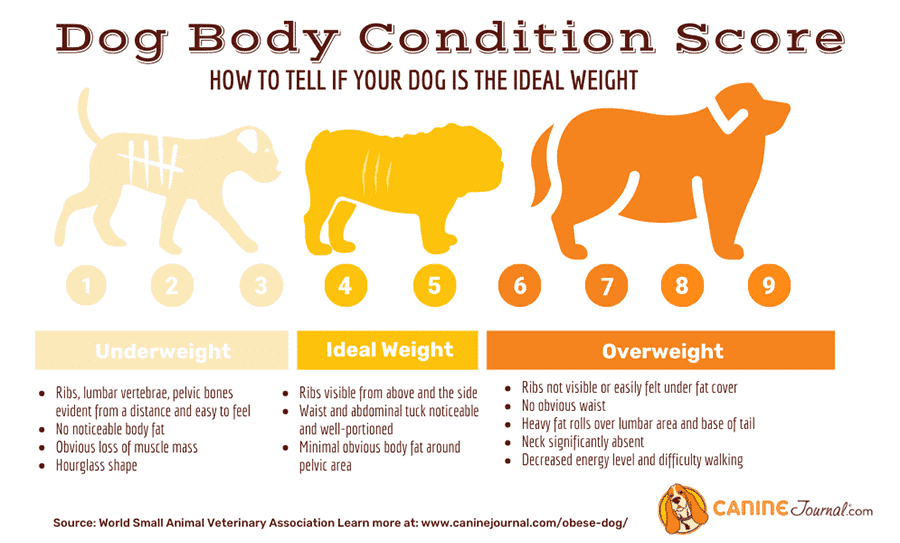
Use A Calorie Calculator
An alternative method is to use an online calorie calculator that will factor in your dogs BCS, but these still have some limitations in terms of factoring in your pups activity level and daily exercise.
Dont Forget To Factor In Dog Treats
When determining how much your dog should eat each day, its crucial to factor in the caloric content of any treats, table scraps, or supplements you give him. (FYI, experts advise against feeding your pup table scraps for many reasons.) Some dog treats and health supplements have more calories than you might think, and if you give these to your furry friend regularly, it could lead to weight gain.
If your pup is a huge treat fan, look for healthy, low-calorie options. We recommend Fruitables Skinny Minis or Wellness CORE Jerky Bites. And if your vet has determined you should give your dog a daily joint supplement or another type of supplement for his health needs, youll need to subtract the calories of that from his daily food intake.
How Much To Feed Puppies & Seniors
Senior dogs typically require fewer calories than adults because their activity and metabolism have slowed down. Once your canine buddy has reached his senior years, most vets advise putting him on a dog food formulated specifically for elder dogs. Typically, these formulas have fewer calories and less fat content, which are appropriate for their slowing activity and metabolism.
Puppies are in an entirely different category when it comes to feeding needs. Its extremely important to follow feeding guidelines for your puppy because these requirements change every few weeks or months as he grows quickly. See our in-depth puppy feeding guide for a detailed puppy feeding chart by weight/age and much more.
How Often Should I Feed My Dog?
Ideally, most adult dogs should eat at least two meals per day, approximately 12 hours apart. Likewise, three meals spread out equally during the day is another excellent option. If your dogs breed is at a higher risk for canine bloat, its recommended to feed smaller, more frequent meals.
When you feed your pup is entirely up to your daily schedule, but its important to set up regular feeding times and stick with them. Dogs thrive on routine, so theyll be most content with meals served around the same time each day.
Your Best Dog Food Options
Are you considering switching to a different dog food? If you havent settled on a new diet, we encourage you to see our various dog food reviews. Weve researched hundreds of types, brands, and formulas to help you narrow down your options. See ourrecommended foodsfor any age, diet type, and health concern, thebest dog food delivery servicesfor puppies and adult dogs, and our top picks for fresh dog food.
Tagged With:

